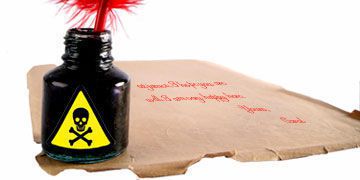A history of languages in the USA
Last week, a report was published using a series of maps to show the distribution of languages besides English and Spanish in the USA. We thought it was really interesting to see the huge number of languages spoken in one country; it’s easy to assume one country means one (or maybe two) languages.
Here’s a fantastic infographic shared with us by FreePeopleSearch.org, which looks in more detail at the history, distribution and usage of languages in the USA. We hope you find it as interesting as we do!
Know Your Colour Code
Here at EuroTalk we love discovering interesting facts about the world around us, so from now on, on the third Wednesday of each month (or thereabouts!) we’ll be sharing some of these with you. The theme for this month is colours…
Be a man: be yellow
If you call someone ‘yellow’ in England, you’re calling them a coward. In Japan, the opposite is true; yellow is the colour of courage, and while Westerners usually see pink as a feminine colour, in Japan it’s very masculine; it conjures up the memory of fallen samurai.
Poisoned Pens
In China, writing someone’s name in red is unlucky and it usually means you want to cut them out of your life; just make sure you don’t have red ink on your hands if something bad happens to them!
Feeling blue? You’ll regret it in the morning…
In English it’s fairly common to say you’re ‘feeling blue’ if you feel sad. But in Germany, to be blue (‘blau sein’) is to be drunk.
White: it’s the new black
Weddings in the West are all decked out in white, but the same is not true of China, where white is the colour of mourning. Instead, brides wear red, as the colour symbolises good luck.

Purr-fect Opposites
In many cultures, a black cat is seen as lucky: in Japan, it’s believed to attract suitors, and in Scotland a cat arriving at your home is a sign of prosperity coming your way. But in America, the same animal is considered bad luck, particularly by gamblers on their way to the casino.
Colourful Confrontations
Useful information if you find yourself in a fight in Europe… In English, the result might be known as a ‘black eye’, whereas in Germany it’s blue (‘blaues Auge’), in Spain it’s purple (‘ojo morado’) and in France it’s known as an ‘oeil au beurre noir’ (literally ‘eye in black butter’)!
If anyone has any other examples of colour-related facts, we’d love to hear them!


